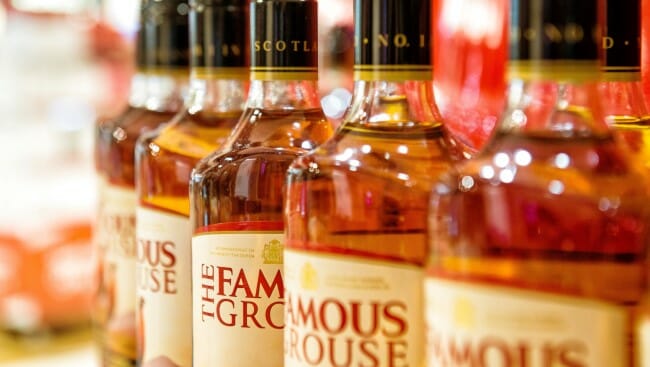Cocktail Queries: What is “Single Malt” vs. “Single Grain” Scotch Whisky?
Photos via Unsplash, Adam Wilson, Dylan De Jonge, Anders Nord
Cocktail Queries is a Paste series that examines and answers basic, common questions that drinkers may have about mixed drinks, cocktails and spirits. Check out every entry in the series to date.
Terminology can be a confusing sticking point in pretty much all corners of the whiskey world, but that goes doubly for scotch. The similarities in some of the phrases can be impenetrable and confounding to new drinkers, who are often without the resources to know how something like “blended scotch” differs from “single malt” scotch or “single grain” scotch. Thankfully, that’s where we come in.
Single malt scotch is viewed as a prestige product—the flagship offering of most Scottish distilleries. Despite that, it actually only accounts for a small part of the overall scotch whisky market, somewhere around 10%. The vast majority of scotch being consumed by daily drinkers, then, is not single malt scotch but blended scotch whisky, in major brands such as Johnnie Walker and Dewar’s. You can read about blended whiskeys of all sorts in much more detail in our guide to blended whiskey, but let’s focus here on defining what makes single malt and single grain scotch whiskies distinctly different.
Single Malt Scotch Whisky
The first thing to realize is that words in whisky labeling tend to carry specific meanings, because whisky is a very tightly regulated product. You just need to know the meanings of those specific words, and the puzzle pieces quickly come together.
If you see “malt” in the title of a scotch whisky, you know the following: This whisky was distilled entirely from a fermented mash of malted barley. No other grains can be used in the making of malt whisky—not corn, or wheat, or rye, or even unmalted barley, although the latter has its place in certain Irish whiskey styles. For our scotch purposes, though, if the words “malt whisky” appear, you know that’s 100% malted barley. That fermented mash must be distilled exclusively in traditional pot stills, which are less efficient than larger column stills, but produce a more flavorful and characterful spirit. It must then be aged in oak casks no larger than 700 litres (180 U.S. gallons) for at least three years.
The word “single,” on the other hand, means that the bottle you’re holding is the product of a single distillery, rather than a collection of malt whiskies from multiple locations or distillers. As a result, single malt scotch whiskies tend to function as the calling card of any particular distillery—they are the purest expression of that distillery’s craft, because every drop of the liquid was produced on site, in the most traditional method, pot distillation.
That doesn’t mean that multiple single malts can’t be combined into one whisky, however—the result just won’t be labeled as a single malt. Rather, in products such as the popular Monkey Shoulder, a selection of single malts from different distilleries are blended into one product, which is labeled as a “blended malt scotch whisky.” Note, it can still use the word “malt,” as every whisky in it was made with 100% malted barley. The term “blended malt scotch whisky” replaced the older term “vatted malt” a decade ago, which essentially meant the same thing.
-

-

-

-

-

-

-

-

-

-

-

-

-

-

-

-

-

-

-

-

-

-

-

-

-

-

-

-

-

-

-

-

-

-

-

-

-

-

-

-









































